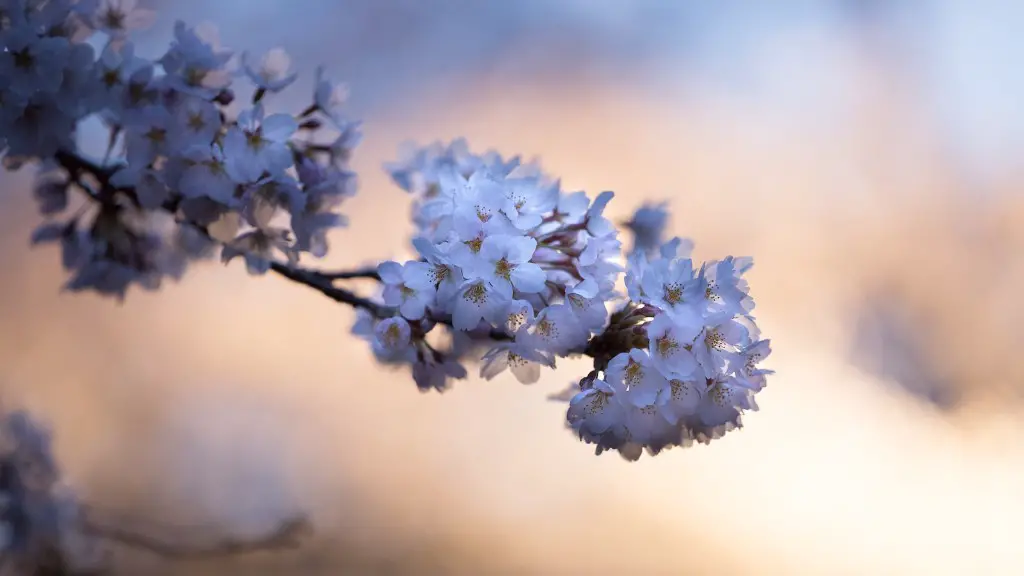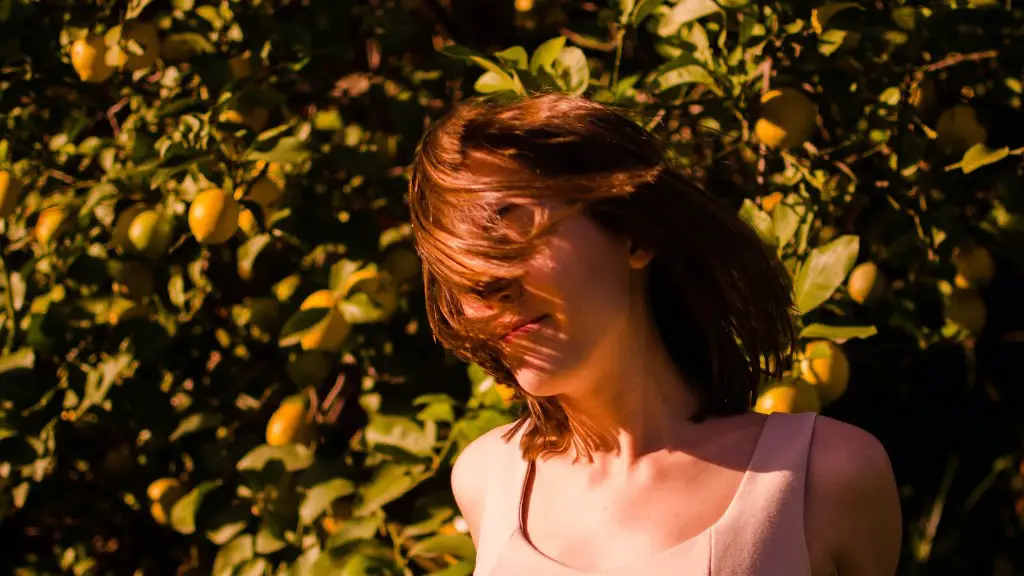If you’re wondering why your indoor palm tree is dying, there are a few possible reasons. It could be due to too much or too little light, water, or fertilizer. Or, it could be experiencing stress from being relocated. Sometimes, pests or diseases can also cause indoor palm trees to die.
One possible reason why your indoor palm tree is dying is that it is not getting enough light. Palm trees need a lot of light to grow, so if your tree is not in a bright spot, it may be slowly dying. Another possible reason is that it is not getting enough water. Palm trees need to be watering regularly, so if you are not watering your tree enough, it may be suffering. Finally, it could be that your tree is not getting the right type of fertilizer. Palm trees need a fertilizer that is high in nitrogen and potassium, so if you are using a fertilizer that is not meant for palm trees, it could be harming your tree. If you are unsure of what is causing your palm tree to die, you may want to consult a professional.
How do you revive a dying indoor palm tree?
If your plant is suffering from root rot, it’s important to take action to save it. Cut away any decaying roots and replace their soil with fresh mix. Trim some foliage to let the plant use its energy to heal. Let the soil dry out before watering again. Be careful not to overwater, as this can further stress the plant. With some care, your plant should recover and thrive.
If you have a palm tree that’s not looking too great, there are some things you can do to try to save it. First, make sure you’re watering it properly – not too much or too little. Second, use a high-quality fertilizer. Third, use top-notch soil. fourth, only cut the fronds after they’re dead. fifth, don’t prune during hurricane season. Sixth, make sure you plant the palm at the right level. seventh, provide the right nutrients. eighth, increase or decrease sunlight as needed.
Why is my indoor palm tree leaves turning brown
If you notice the leaves on your indoor Palm Tree turning brown or yellow, this is likely due to inconsistent watering or unfiltered tap water. The best solution is to create a watering schedule to ensure your Palm Tree gets the hydration it needs. If you’re using tap water, be sure to filter it first to remove any impurities that could be harmful to your plant.
Palms are the Goldilocks of plants—they like soil that’s not too moist, not too dry, but just right. Once they’re established, water indoor palms when the top inch of soil is dry. If you let the soil dry out completely, the leaf tips will begin to turn brown, and they won’t green up again.
What does an overwatered indoor palm look like?
If you see any of these signs in your palm tree, it’s likely that it’s being overwatered. Overwatering can lead to a host of problems for palm trees, including root rot, yellowing leaves, and mold growth. If you suspect your palm tree is being overwatered, take a look at its watering schedule and make sure it’s not being watered too often.
If you notice that the top center portion of your palm tree is turning brown and/or shriveling, this is a sign that the tree is not healthy. If you see this happening, you should take steps to improve the tree’s health. Some things you can do include:
-providing the tree with adequate water
-fertilizing the tree
-pruning the tree
-protecting the tree from pests and diseases
What does a dying palm tree look like?
If you see that your palm tree is wilting, has discolored or stunted fronds, these are signs that it is dying or already dead. In some cases, the damage can be stopped and reversed to save the palm, so don’t panic. Our arborists can help diagnose the problem and recommend the best course of action to save your palm tree.
Pruning indoor palm plants is a great way to keep them looking nice and to maintain their shape. Pruning off any old yellow, brown or spotted leaves on a regular basis is a good habit to get into, and will keep you palm plant looking its best.
Should I cut off dying palm leaves
If you are looking to remove dead or dying fronds and developing flowers and fruits for aesthetic or safety reasons, there are a few things to consider. Firstly, you can remove lower fronds that are chlorotic or dead. Secondly, you can remove sprouts or stems to maintain one trunk. However, there is no need to remove live green fronds on palms as there is no biological benefit to doing so.
It’s important to water your palm trees regularly, especially during the spring and summer months. However, you should reduce the amount of water you give them during the autumn and winter months. When the weather is hot and dry, mist the leaves of your palm trees several times a day. This will help keep them cool and also help deter pests.
Do indoor palms need a lot of light?
If you want to avoid direct sun, keep your palm in partial shade or in an area that only receives indirect sunlight. This will help to prevent the leaves from burning or getting brown tips.
Root rot is a serious problem for many plants, and can often be fatal. If you suspect that your plant may have root rot, it is important to act quickly and take steps to improve the drainage and aeration of the soil. You may also need to remove any infected roots and replant the plant in fresh soil.
How long can an indoor palm tree go without water
If you need to go away for an extended period of time, your palm tree will be just fine. Most palm trees can go without water for at least two weeks, though this will depend on the type of tree. If you have used an advanced watering system like capillary matting or wicks, your tree may be able to last even longer. For best results, place your indoor palm in a terrarium.
palms need less water than you might think. overwatering your palm can lead to nutritional problems and even death. get a soil wetness meter to help you check the soil’s moisture level, and water only when necessary.
How do I know if my palm tree needs water?
If you’re watering palms in garden beds or containers, it’s important to check the soil to a depth of a couple inches each time before you water. If the soil is dry, provide water. If moist, no watering is needed. This will help you develop a feel for when water is needed.
If you notice that the leaves on your plant are browning, you can try to determine the cause by feeling the leaf. If the leaf feels crispy and light, it is probably underwatered. If the leaf feels soft and limp, it is probably overwatered. Yellowing leaves can also be an indication of overwatering.
Warp Up
If you think your indoor palm tree is dying, there could be several reasons. It could be due to insect infestation, lack of light, or too much or too little water. Infrequent watering can cause the leaves to turn brown and die. Brown leaves can also be a sign of too much direct sunlight. If the leaves are yellow, it could be a sign of a nutrient deficiency. If your palm tree is dying, it is important to figure out the cause so you can take steps to save it.
There are many potential reasons for an indoor palm tree dying, including over-watering, insufficient light, too much fertilizer, and pests. Without knowing more about the specific tree and the care it has received, it is difficult to say definitively why it is dying. However, if you suspect that your tree is not getting the proper care, you may want to consult with a local nursery or pesticide company to get help in diagnosing and correcting the problem.




